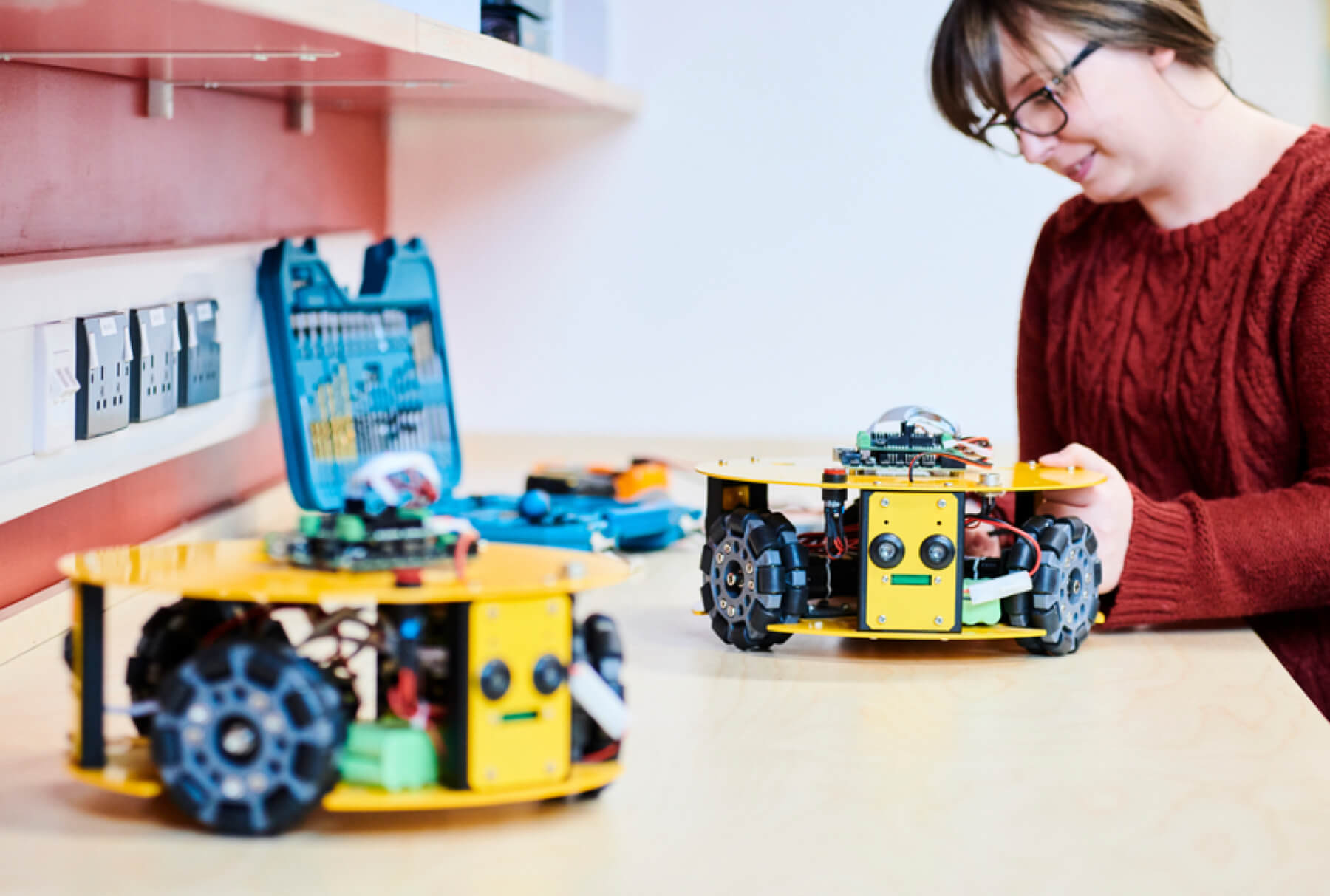Digital Originals
Project Dates: From January 2012 to July 2013
Staff: Prof. Patrick Olivier, Prof. Peter Wright, Prof. Feng Li (Business School).
Sponsors: EPSRC
The ease with which digital files can be copied and shared presents profound challenges for the creative industries. This project seeks to explore alternative business models for the dissemination of digital content and takes art as a case from which to learn. The British artist David Hockney has received much attention for drawings he has made both on the iPhone and iPad. The images have been both produced and disseminated digitally, leading critics to ask what or where the original image might be. Traditional notions of a signed original or even a limited print run begin to break down in this context. Clearly this is not a problem for established artists such as Hockney but for many new and aspiring digital artists it presents serious challenges. New technologies and new business models are urgently needed to turn some of the challenges into new opportunities both for artists and collectors.
In the Digital Originals project we are considering ways to add value to digital art and test the associated business models in live field studies:
(1) Authorized Art AppDigital Watermarks: embed information in ways that are difficult to remove. Many variations of this technology already exist but it is usually deployed to support legal action against copyright infringements, for example, tracing the source of an illegally distributed reviewer’s copy of a new film. Using similar techniques it would be possible to create a unique watermark that would relate artworks to particular owners. The digital watermark itself would need to respect the aesthetic of the artist and this would create an interesting space for creativity. The key might include information such as when and where it was created or perhaps even bioinformatic information from the artist. The certification process could take the form of an app which allows users to take a photograph of their artwork and verify a digital signature.
(2) Digital Original Artifacts: are part of an exploration of the ways that a physically unique object complementary to the artwork, such as a bespoke digital frame could be used to imbue the work with a collectable value. For example, within the physical frame of a digital artwork, it would be possible to embed an RFID tag with an encrypted certificate of authenticity. This tag would be read with a separate device (an RFID reader) provided by the artist. Providing the work in an infrastructure like an interactive frame would also allow for a subscription model of digital art ownership, with the limited issue of the subscription being guaranteed by the authentication mechanism. For example, the frame might be online and the display updated with new work. Users might pay a membership fee to rent a set of work that changes each month. Different models of sale and rental will be explored in a real world market setting.
Prototypes are developed with artists, collectors and dealers at the Bar Lane Studios at York. Bar Lane Studios is a Social Enterprise Business hub with a contact list of over 250 artists and collectors. By conducting live market testing of the prototypes in exhibitions we plan to study the experience of all involved and in doing so we hope to have an impact on future mechanisms for distribution of digital art.
Collaborators: Prof. Mark Blythe (Northumbria University)
